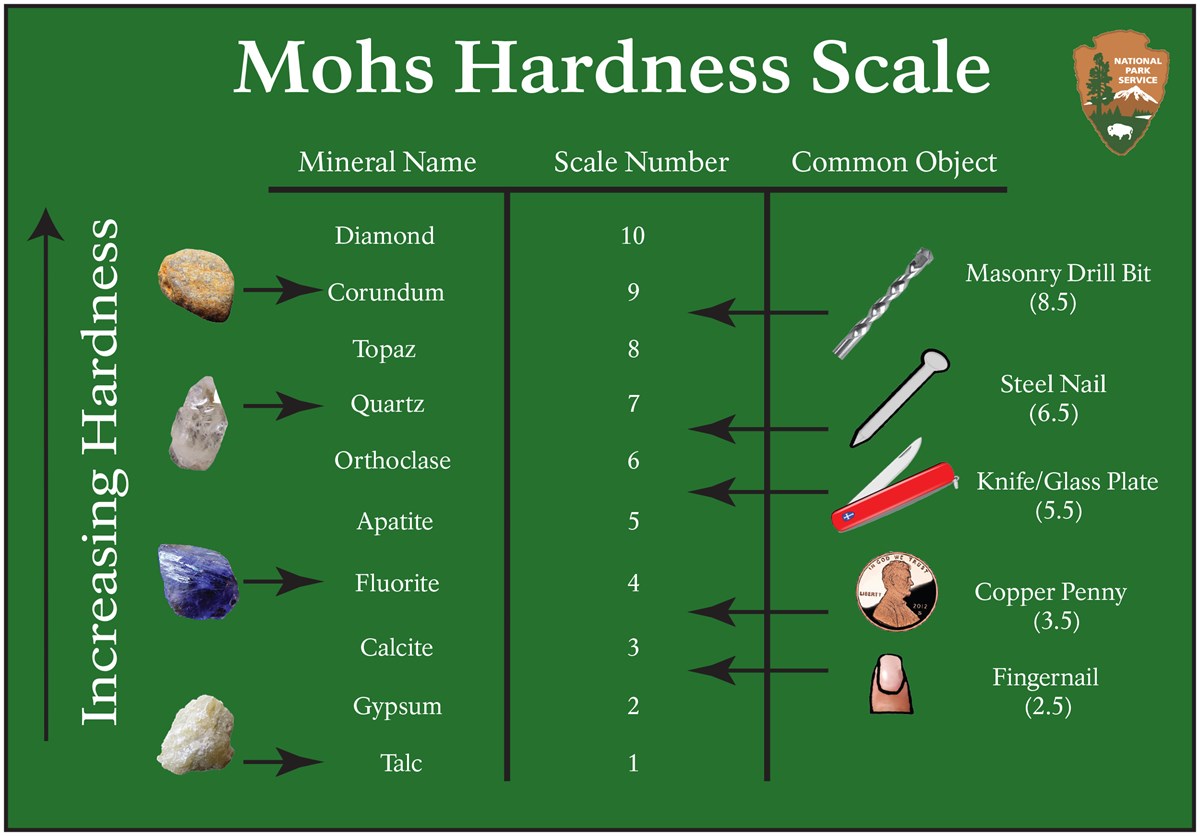Mohs Hardness Scale
How Hard is My Stone?
The Mohs Hardness Scale
While shopping for jewelry, you might have heard the word "Mohs" at least once or twice in reference to a stone. This generally comes up when discussing the merits of diamond alternatives, or inset stones. Hardness, in terms of minerals, is the resistance of a material to being scratched. This a trait that definitely needs to be considered when it comes to jewelry purchases; after all, you don't want a stone that's easily scratched!
The Mohs Hardness Scale was developed in 1812 by German mineralogist Friedrich Mohs. To create the scale, Mohs selected 10 minerals of distinctly different hardness, ranging from talc (very soft) to diamond (very hard).
The Mohs Scale is a relative scale and is primarily used for quick field identifications of minerals. This is done by testing a mineral of unknown hardness against a group of 10 index minerals to determine its position on the scale. It is an exponential scale, similar to the Richter Scale for earthquakes, and not linear.
In terms of jewelry, being familiar with the Mohs rating of a gemstone is fairly important when it comes to selecting your stone. If you work a lot with your hands, you don't want a stone that scratches easily and will need replacing in a few months. Additionally, when considering an inset stone, it is important to make sure that your stone rates higher than the steel tools used to set the stone!
So the next time you're trying to decide between an apatite and a blue topaz, remember the Mohs Scale!
